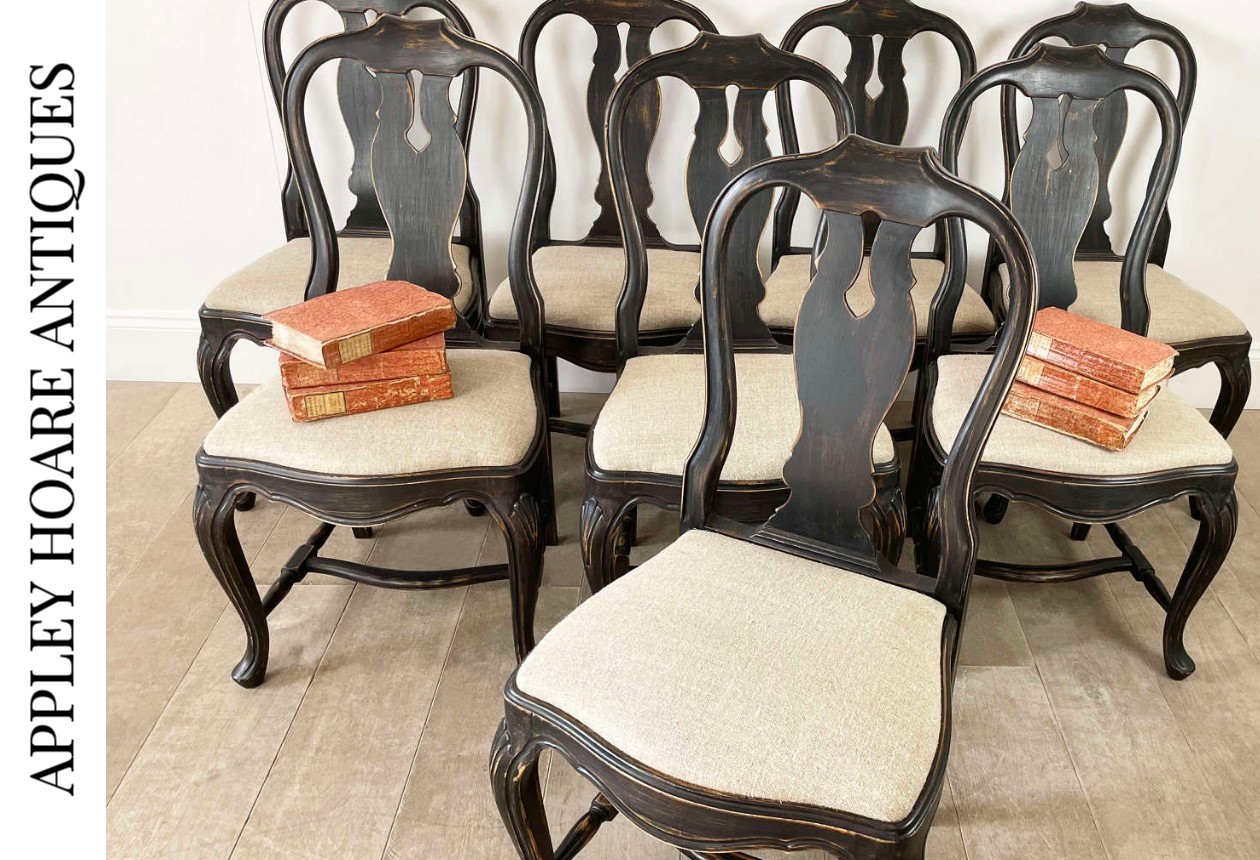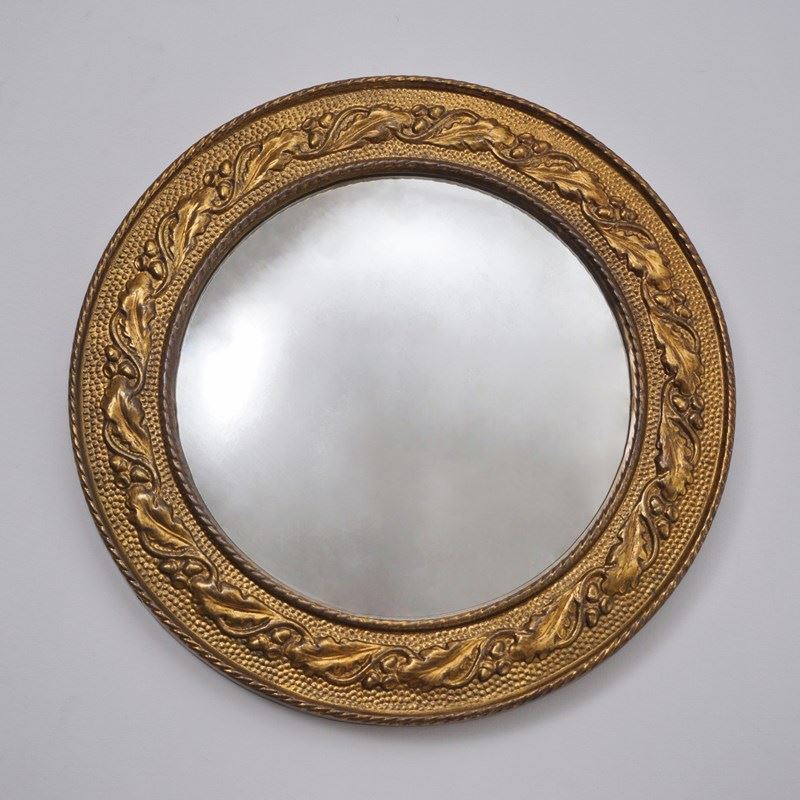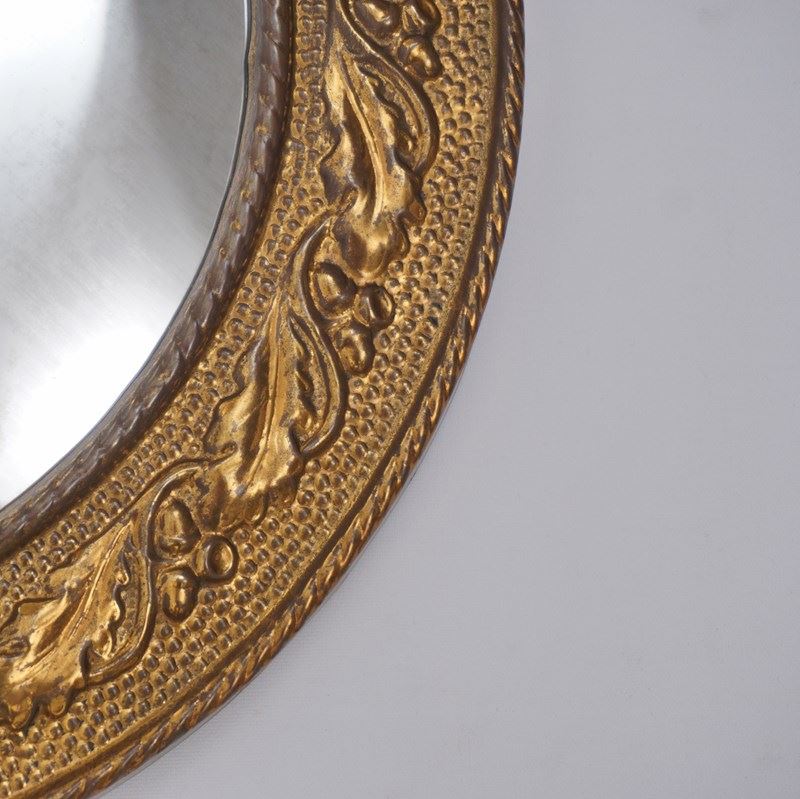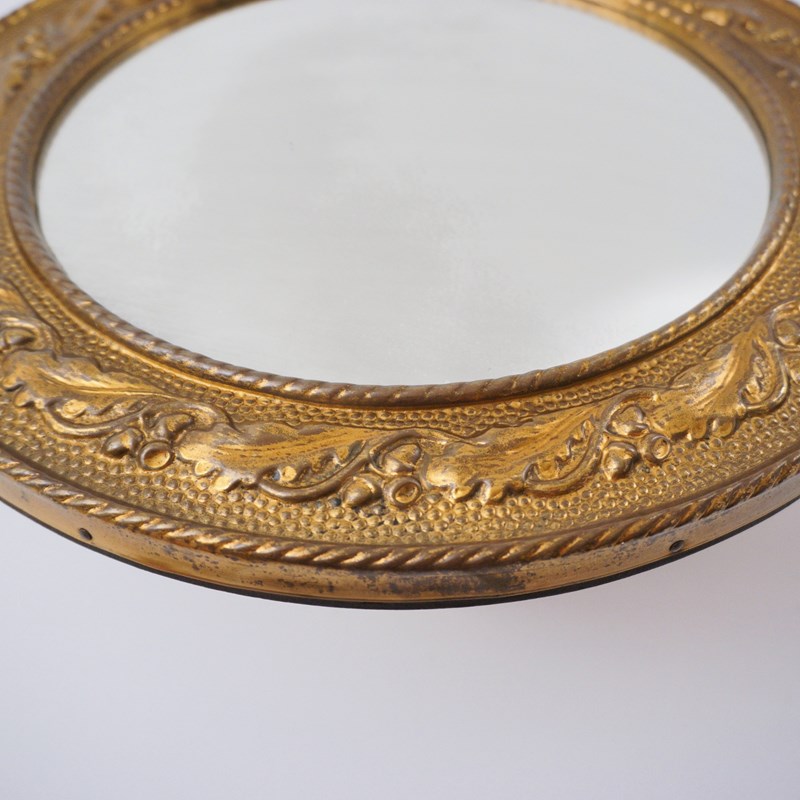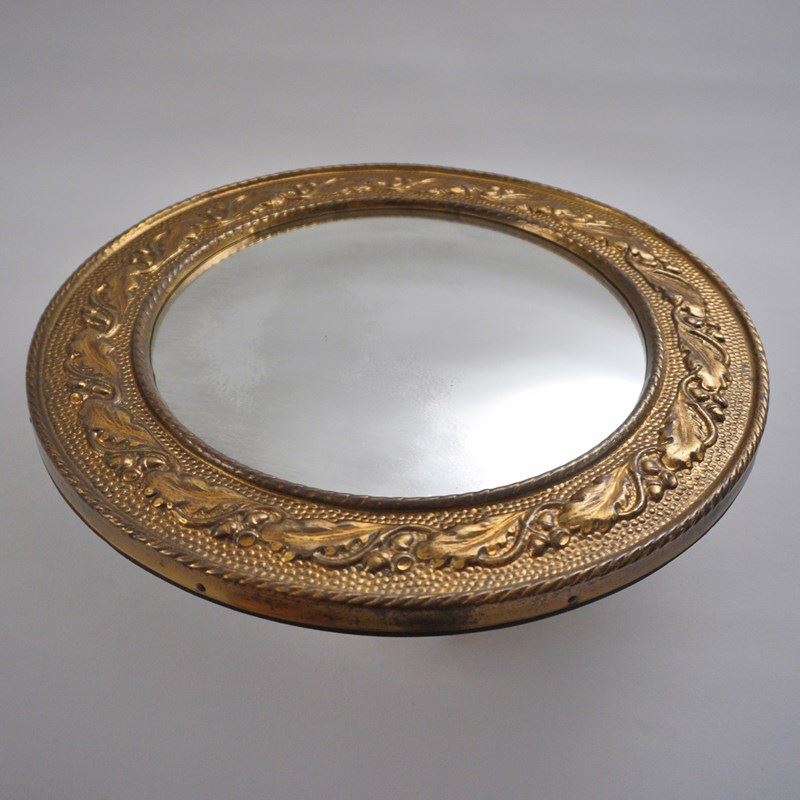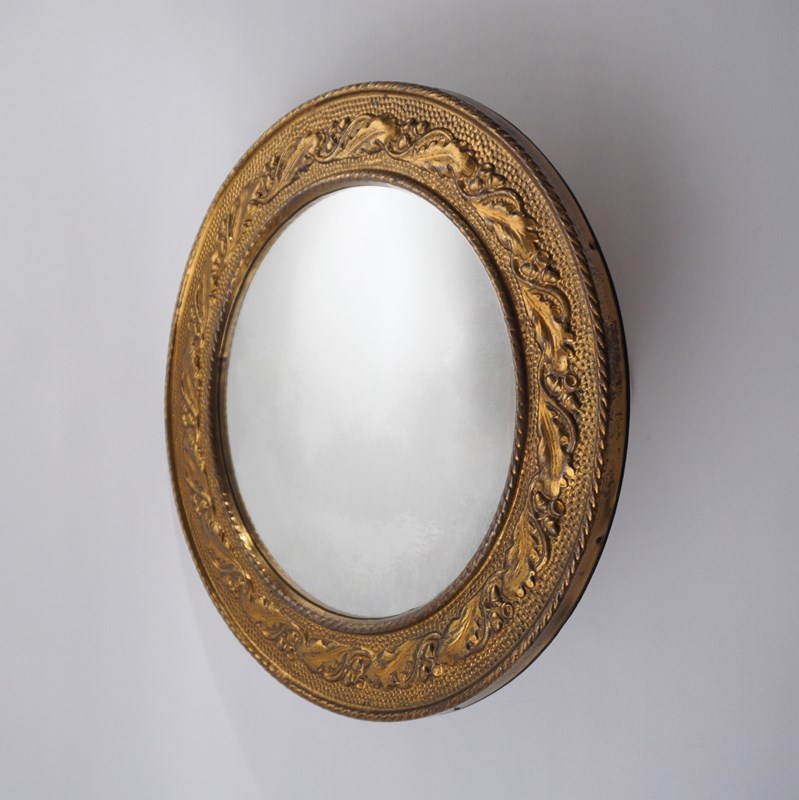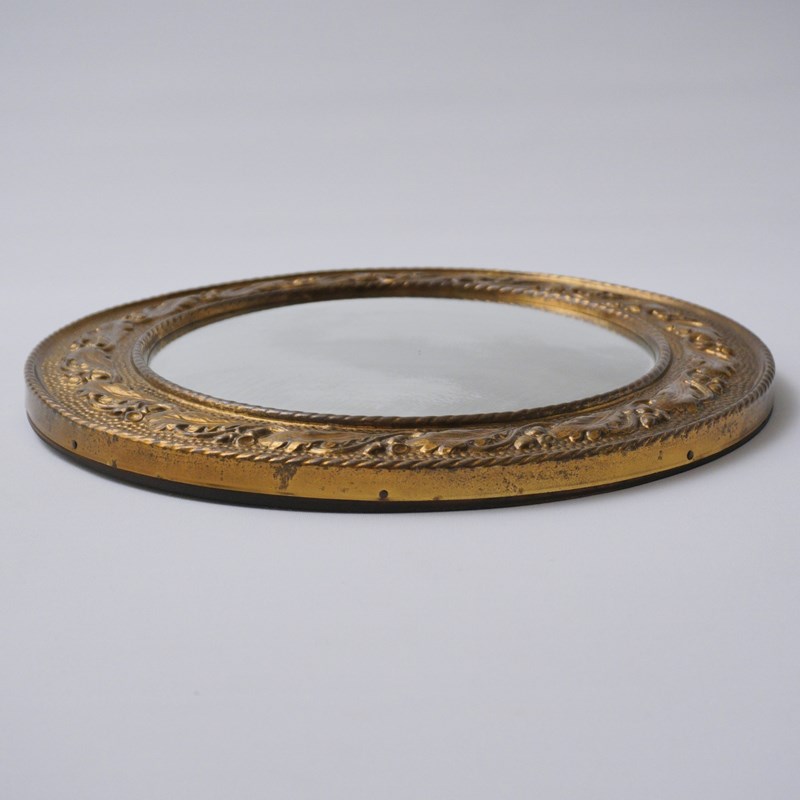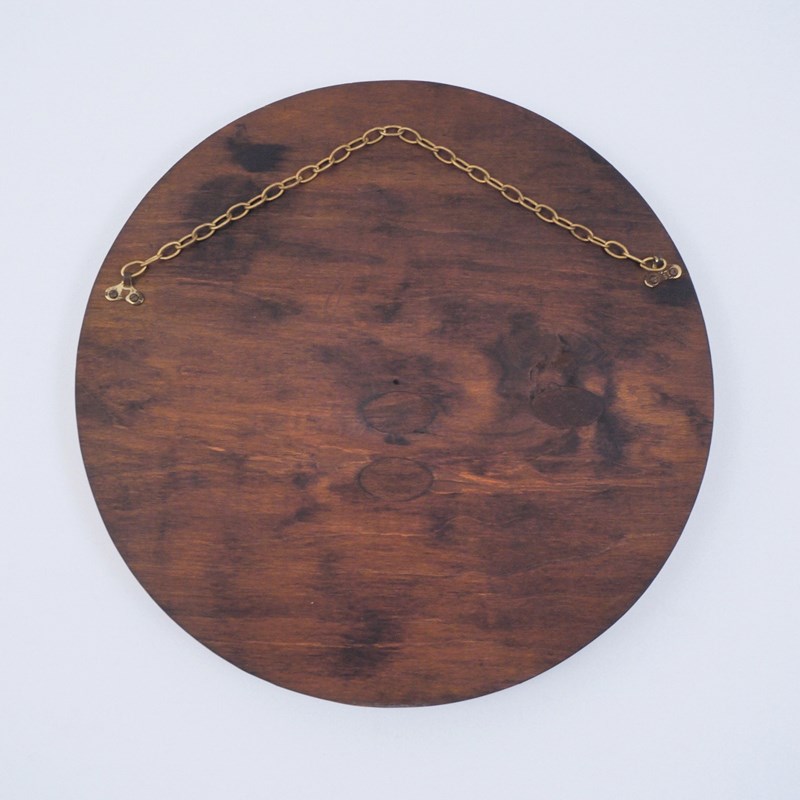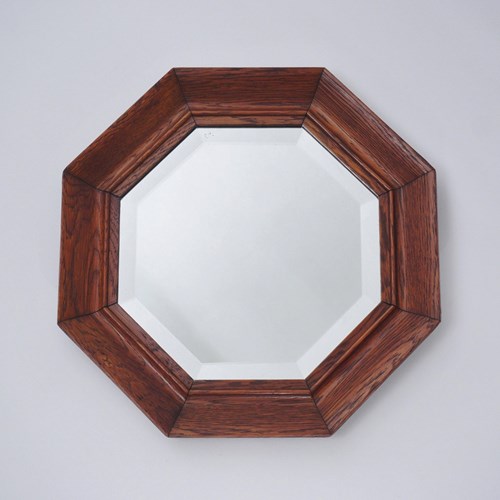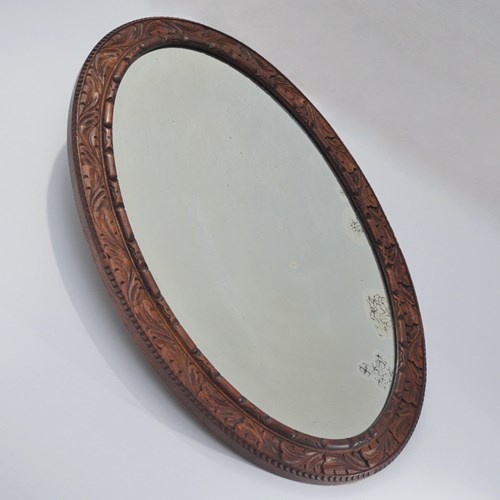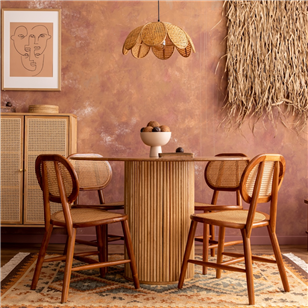Sergio Guazzelli worked as an Architect and Interior Designer in Argentina. In 1990, he moved to Rome, where he developed and diversified his talents. The 'Eternal City' ignited his interest in antiques, leading to a Diploma in Antiques & Fine Arts. As architecture embraced art; antiques found a place in his designs.
In 1993, Sergio opened his first antiques showroom in Rome, with a second seasonal shop in Ponza, an island close to Capri. The island spirit, with her international clients, influenced his eclectic style. Following features in several magazines, Sergio established his own art & antiques publication. As a part of this, Sergio regularly visited and reported on leading European Auction Houses. It was London's art & antique scene, which drew Sergio.
In 1999, Sergio opened with his partner, Blair Thorburn, their London shop, Roomscape Vintage Furniture, in the historic Horse Hospital at The Stables Market in Camden Town. It was here that they became one of the first to propose vintage Scandinavian style to the London market. Moving forward at the beginning of the Millennium, Roomscape proposed further styles such as Hollywood Regency & Modernist glam.
Roomscape’s adventurous approach brought them to the attention of decorators including a collaboration of the launch of Liberty’s Fourth-Floor Furniture Department in 2006. Decorators not only appreciated the style but also the quality of pieces. With a wide range of contacts and 25 years of experience, Sergio & Blair source stock from abroad as well as trade fairs, private clients and auctions houses. Roomscape searches for pieces in good condition and gentle restoration is done to bring the piece to the best original vintage condition. Each piece is researched with historical detail fully presented on the website.
In 2009, Roomscape moved from a ‘traditional’ shop to a larger showroom with a stronger online presence reaching global destinations. The ‘By Appointment’ Showroom allows customers, both the trade and the public, to have the full 75m² space all to themselves for as long as they want and have a coffee with the boys. Moving from a shop has allowed a more attention to buying and sourcing abroad. It has certainly helped that Sergio is fluent in five languages.
2010 was the year Roomscape worked in partnership with Mary Portas' Living & Giving shops furnishing the Notting Hill & Primrose Hill stores. This collaboration proved charity shopping can be socially responsible, exciting and stylish at the same time. ‘Socially’ responsible in other ways, Roomscape has sourced vintage pieces for the entertainment industry such as The Union Club in Soho, London. The Union is a well established private members club and one of the first to furnish their club with vintage pieces. Most notable is their collection of Sciolari Chandeliers from Roomscape.
In 2010 Roomscape launched a great selection of 20th Century Art, mostly British artists, from the likes of Terry Frost, Richard Smith, Patrick Heron, John Piper, Victor Pasmore, Patrick Proctor, Stephen Buckey, Brendan Neiland, Patrick Caulfield and many others.
Introducing a hire service in 2011, Roomscape moved fast into Fashion, supplying Fresh Film, Cutler and Gross luxury eyeware , Elle Decoration magazine, Agent Provocateur, Miss Sixty & Bulgari
Just in time for Christmas 2012 Roomscape launched a Vintage Jewellery Collection with rare American pieces from the 1940's & 1950's, such as Trifari, Coro Craft, HAR, Renoir & Matisse, Christian Lacroix and Dior.
Sign up for the Roomscape email newsletter of new arrivals which is the best way to be the first to know. Still haven’t found what you’re looking for; send us a stock request, so that you can be informed when something special comes up.
From the public to international dealers, from a private members club to your local bar, our customers are as eclectic as our style. One thing in common; they are fans of the idiosyncratic and daring mix.
SOCIAL MEDIA LINKS: Facebook, Twitter, Instagram
